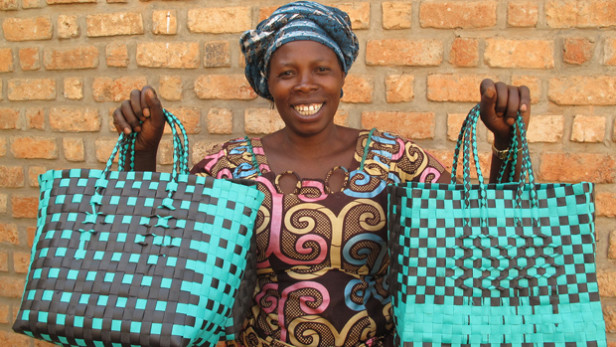Psychosocial and economic support can be mutually enabling in working with highly vulnerable populations — but only if development practitioners start from a position of seeking information rather than defining a situation.
Livelihood work with war- and conflict-affected populations — where individuals often have ‘invisible wounds’ — must be holistic, humble and requires a healthy mix of psychosocial and economic interventions, Michael Wessells, professor of clinical population and family health at Columbia University, said on Tuesday during a World Bank panel discussion entitled “Invisible wounds: Improving development outcomes through psychosocial support,” where participants discussed how understanding local narratives and making these links can better allow for targeted support.
Development practitioners are widening the lens on livelihood work to see it as more than the means of securing the necessities of life. The work, in fact, must tie to physical, psychological, emotional and spiritual aspects of life as well, according to Joanna de Berry, a World Bank senior social development specialist for Eastern Europe and Central America.
The oft-prevailing sense of livelihood at the bank, though, is one where improved income is intrinsically tied to improved livelihood; and the road to “improved” is one through increased financial assets and resources.
https://www.devex.com/news/connecting-the-dots-between-psychosocial-and-economic-support-83436



Comments (0)